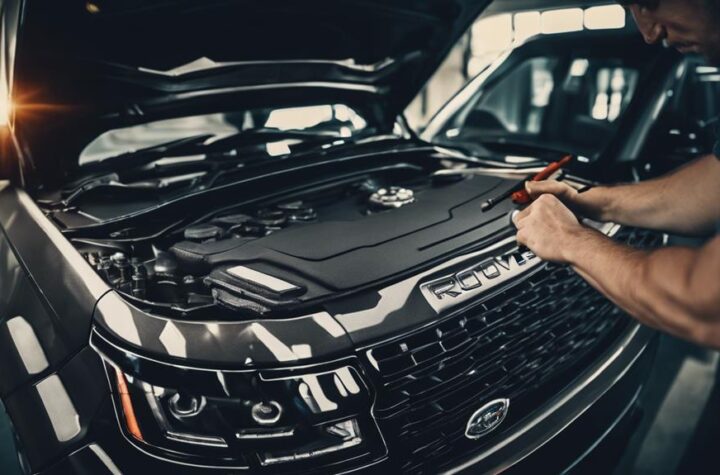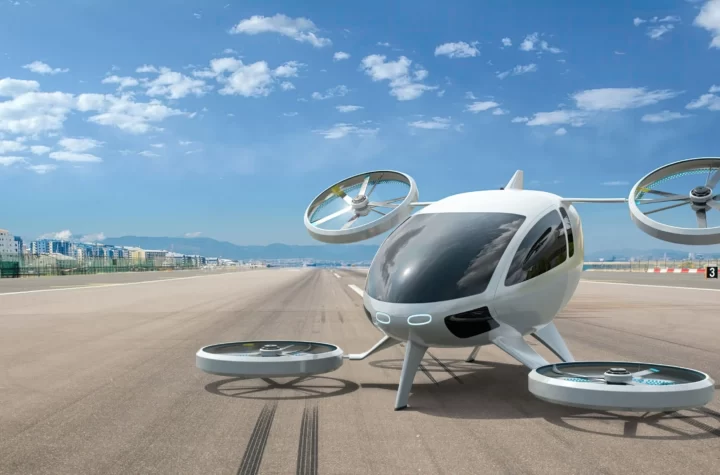 For GM Russia production was a long time coming. The company was in negotiations with AvtoVAZ for more than half a decade. While the scale of a joint venture was worked and reworked a deal was finally signed in 2001 that had VAZ and GM forming a joint venture — GM-AvtoVAZ — to build a small SUV named the Chevy Niva.
For GM Russia production was a long time coming. The company was in negotiations with AvtoVAZ for more than half a decade. While the scale of a joint venture was worked and reworked a deal was finally signed in 2001 that had VAZ and GM forming a joint venture — GM-AvtoVAZ — to build a small SUV named the Chevy Niva.
The JV’s financial partner is the European Bank for Reconstruction and Development (EBRD) which put up the money to start the JV. Currently, VAZ and GM both own 41.5 percent of the company with the EBRD owning 17 percent.
The JV’s framework basically said while AvtoVAZ designed the vehicle, GM would build it using several VAZ components. VAZ would help get the company off the ground while GM would rework the vehicle and improve quality making it appropriate for export.
GM started construction on the plant at the end of August 2001. Production was scheduled to start one year later. GM chose Russian companies to build the facility, which was located on VAZ grounds in the shadow of the massive Lada plant, says John Mylonas, managing director of the GMAvtoVAZ JV plant.
“The biggest problem was to find accommodation for the expats,” Mylonas says of the GM workers who moved to Russia to help build the plant. Mylonas himself was living in Germany in charge of Opel’s CKD plants when he signed on to start-up the plant. He currently has an office staff made up of two Americans, two Germans, two Turks, two Brazilians and two Greeks.
With limited hotels in the area, local homeowners saw GM as a cash-cow and wanted up to $11,000 a month for rent for the workers.
Once the living situation was worked out, GM needed to prepare the vehicle. The Niva was designed by AvtoVAZ and had already entered very limited production when GM and VAZ signed the JV paperwork. “We pay AvtoVAZ for their services,” Mylonas says.
AvtoVAZ did the cosmetics of the vehicle, says Mylonas, but GM needed to make some changes and by August 2001 had already made 907 alterations to the vehicle with the help of VAZ engineers.
As the vehicle underwent changes plant construction moved forward. There were the expected pitfalls, says Mylonas.
When construction fell behind and they needed extra help, Mylonas was surprised that the construction companies didn’t bring more machinery. They brought extra people with garden spades.
He was also concerned about the construction machinery.
“Everything leaks oil in Russia,” Mylonas says. “To me that was unbelievable but to Russia is was normal.”
Additionally, Mylonas was shocked by the number of permits needed to began construction. Some 127 permits were needed each taking a considerable amount of time. But the JV used its Russian partner. VAZ helped on infrastructure and Mylonas leaned on their expertise. They know the way to open doors and the rules and policies, he says.
While red tape was thick and construction equipment below U.S. standards, Mylonas did say that once construction began it was simple.
“It was easier here because people listen,” he says.
By September 23, 2002 the car and the plant were on time and under budget. The first Niva rolled off the line 12 months and 26 days from when plant construction started.
“It was very quick for General Motors,” Mylonas says. “We just kept rushing the Russians.”
They were also frugal. The company saved $1.4 million from its budget. “We did it cheap,” he says. “I think GM was surprised.”
When the first vehicle rolled off, it rolled off with several quality problems, admits Mylonas and seconded by supplier executives in attendance at the company’s official opening.
“We are not very good at quality yet,” he says. “We are improving everyday.” Pictures on the company’s conference room wall illustrate problems yet to be fixed but also serve as a reminder of those already solved. Problems with plastic, paint and body panel gaps were high on the list to be initially solved.
Quality in general is a major problem in Russia, where vehicle technology is outdated and a tongue-in-cheek joke says a fiveyear old car has better quality and is worth more than a new car because all production problems have finally been fixed. Workers in the plant had to apply for their positions. Some worked for AvtoVAZ some did not. All underwent training where GM looked for teamwork and leadership attributes.
The company currently employs 400 people on one shift. That number will jump throughout the year as GM adds a second shift in April and a third shift in May. By the end of the year, 1,000 people will be building 36,000 vehicles a year for local and export markets.
The Chevy Niva went on sale in Russia Oct. 24, 2002, and GM already has an extensive wait list for the SUV. It is sold out until June with customers already paying GM in advance for their vehicle. It competes with the Kalingrad-assembled Kia Sportage.
“The car we are producing now, compared to the Kia Sportage, is half the price,” he says. “It’s in a niche but there isn’t a competitor in price, quality and size.”
Much of that price advantage comes from almost complete local production. VAZ supplies the 1.7L gas engine, gearbox, transfer box and axle. The company imports just three parts including the brake booster, engine control unit (from Siemens) and gaskets to “stop leaks” says Mylonas. Local suppliers — Russian and Western companies that have set up a facility in Russia — supply the remaining parts.
Syzran Plastics, with an Italian parent company, locally assembles the instrument panel while a Packard joint venture produces electronics. A VAZ affiliate currently builds seats but Mylonas says Johnson Controls will take over seat production by the end of the year. “We’re trying to bring companies from the outside to do joint ventures,” Mylonas says. Suppliers who want to have solid business before they locate in Russia can look not only to GM-AvtoVAZ but the VAZ which builds 750,000 vehicles per year.
Russian owned joint ventures are able to provide everything but they just don’t have the quality and the service, Mylonas says. For example, GM-AvtoVAZ purchases headliners from a local company that would ship them to the plant in huge containers. The last 20 were always crushed. Mylonas’ easy and quick solution was to cut the containers so fewer fit and there is less weigh on the bottom headliners.
“They don’t know how to package,” he says. The local supplier didn’t see the solution. Until now they haven’t been questioned, says Mylonas, so they don’t know they should change.
Starting in April 2004, the Niva will be equipped with an Opel 1.8L gas engine, Suzuki transmission and much improved transfer box.
The JV used VAZ’s paint shop to paint the Niva, but was set to get its own at the end of March or the beginning of April The paint shop will help the plant increase capacity. At full capacity it can build 102,000 units with 60,000 units for Russia and about 40,000 units for export. It is currently available is silver and green with red and white being added.
The plant also will introduce new models and other variants. Next year a pickup version of the Niva is planned and within two years an automatic transmission and diesel engine will be introduced. By 2005, the Niva will get an extensive facelift. A 4X4 van is also possible. “The truth of the matter is, the sky is the limit,” Mylonas says, especially since the plant was designed to be expanded.
They are also looking into building sedans.The JV is looking for cars from the GM stable including Opel vehicles.
“We’re in GM,” Mylonas says. “That is a big family.”
It is also possible that the Niva could eventually be built in another market with China and Latin America as possibilities. GM has plants and a strong name in both places.
Chevy Niva export plan
2003
Finland, Estonia, Latvia, Lithuania, Poland, Czech Republic, Slovakia, Hungary, Romania, Slovenia, Croatia, Bosnia- Herzegovina, Serbia, Bulgaria, Albania, Macedonia, Turkey, Greece
Mid 2004
Italy, Spain, Portugal, Syria, Lebanon, Israel, Saudi Arabia, Quatar, United Arab Emirates, Dubai, Kuwait, Eqypt
Late 2004
France, Germany, Holland, Belgium, Luxemburg, Denmark, Austria, Switzerland, Sweden, Norway, Africa, Latin America
- Apr 2003
- Andrea Wielgat














































 Russian Return
Russian Return


